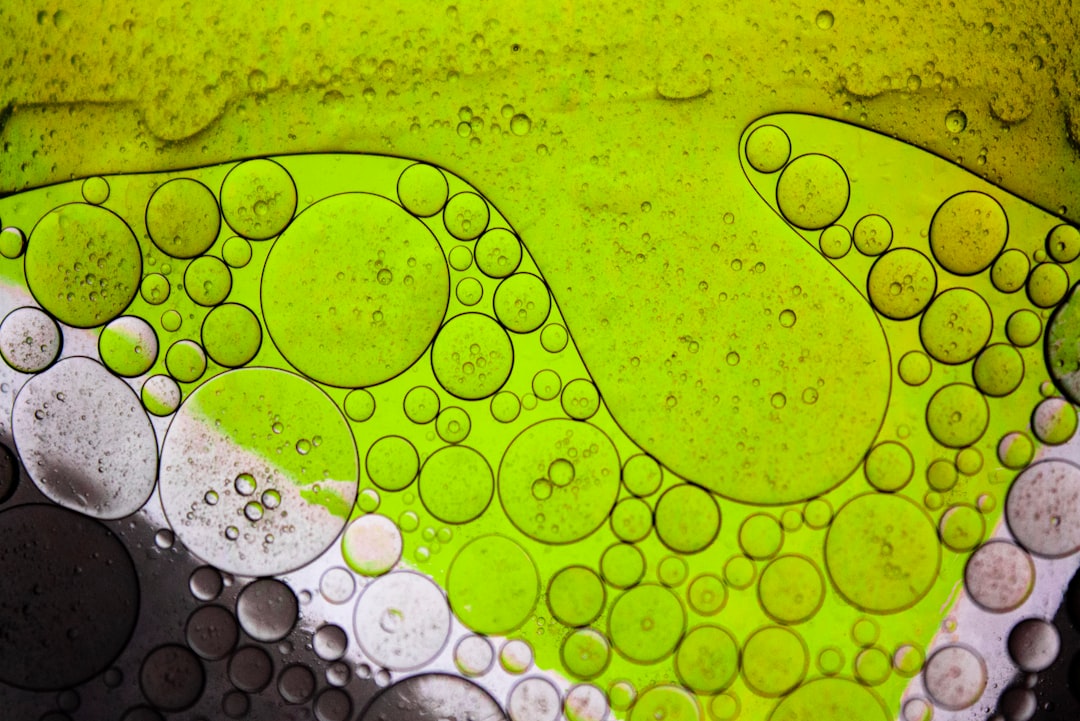What is it about?
The reduction of the fish oil acidity is a significant problem in the rendering industry, as the oil’s range of applications and market value strongly depend on this parameter. In particular, the lower the acidity, the larger the oil’s market value.
Featured Image

Photo by Diane Helentjaris on Unsplash
Why is it important?
This work aims to study the potential of enzymatic esterification for reducing the fish oil acidity, by converting the free fatty acids into esters.
Perspectives
Results showed that Lipozyme TL 100L contributed to greater acidity reduction (75% from an initial acid value of 10–14 mg KOH/g oil) for esterification at 40 °C, using ethanol 96% v/v, enzyme/oil and alcohol/FFA mass ratios of 0.01 and 3.24 w/w, respectively, reaching 3.13 mg KOH/g oil of final acid value or 1.57% FFA content.
PhD Nidia S Caetano
ISEP - School of Engineering Polytechnic of Porto
Read the Original
This page is a summary of: Fish Oil Enzymatic Esterification for Acidity Reduction, Waste and Biomass Valorization, June 2018, Springer Science + Business Media,
DOI: 10.1007/s12649-018-0357-z.
You can read the full text:
Contributors
The following have contributed to this page










